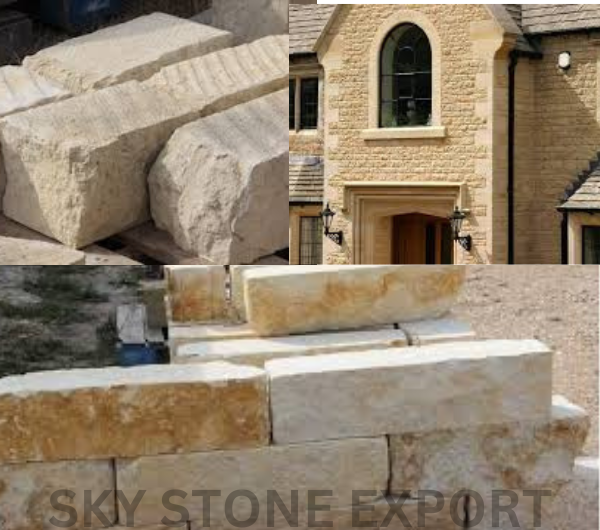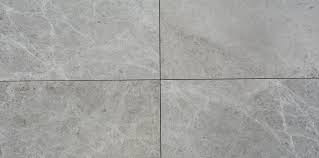Limestone
"As a symbol of endurance and beauty, limestone stands the test of time in both history and architecture."
What is Limestone?
Limestone forms primarily in marine environments through the accumulation of shell, coral, algal, and fecal debris. It can also form through the precipitation of calcium carbonate from lake or ocean water. Its composition can vary, but it is predominantly made up of calcite and aragonite, which are different crystal forms of calcium carbonate.
Properties of Limestone
- Color and Appearance: Limestone comes in a range of colors, including white, beige, cream, gray, and even black. It often has a uniform texture and appearance, which can be enhanced by polishing.
- Durability: Limestone is known for its durability and resistance to weathering, making it a popular choice for both interior and exterior applications.
- Workability: Limestone is relatively soft compared to other stones like granite, which makes it easier to cut and shape. This property is advantageous for detailed architectural work and sculpture.




